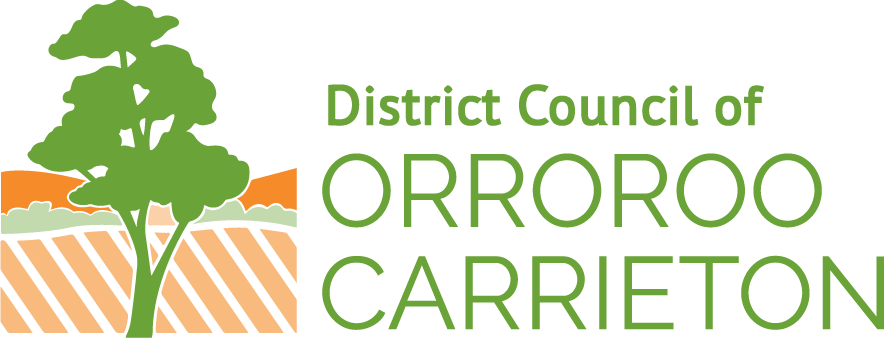Animal Control
What to do if a dog attacks
After a dog attack, you should be to seek medical or veterinary treatment as a priority.
When safe to do so, you must report the attack to the relevant council. You can contact our animal management team on 8658 1260
Report the incident ASAP
Like all serious incidents, time is a critical factor in dealing with dog attacks. This is especially important if the offending dog is wandering at large and still poses a risk to the public or other animals. To help council investigators, please try to gather the following information before contacting us:
- the date, time and exact location of the attack. If you’re not sure, use your GPS equipped smart phone to check on a map
- a description of the offending dog - registration disc, name tag, breed, colour, sex, markings, collar size and colour
- a description of the owner - name, address, contact phone number, male or female, age, hair colour, clothing
- if a car was involved and the offender drove away with the dog - car registration number, make, model, colour
- a description and photographs of any injuries and location on your body or your pet's body.
You should also keep copies of any medical certificates, vet or doctor bills as evidence.
What happens when a dog is reported?
- Authorised Council investigators may take a statement or affidavit from you
- Photos may be taken of any injuries to yourself, or your animals or birds.
- The dog's owner may be contacted to get their side of the incident.
- Investigators could seek witness statements and other evidence
- Investigators assess the circumstances and evidence and make a decision for action
- Council will then issue legal notices as required, and;
- Inform the parties of the outcome.
Who is responsible?
You are responsible for your dog’s actions. It is an offence for a dog to attack, harass or chase a person, another animal or a bird owned by a person.
Find out more from the Dog and Cat Management Act, 1995
Depending on the severity of the attack, councils can:
- issue a warning
- impose an on the spot fine of $315
- take direct court action (in more serious cases)
- impose a control order (Nuisance, Dangerous Dog, Menacing Dog or Destruction Order)
- The maximum penalty for a dog attack is $2,500.
If you have any questions contact Council on 8658 1260.
Preventing dog bites
Dogs bite for many reasons. The most common reasons are fear, pain or confusion when mixing with people and other dogs. Ignoring signs of aggression can result in serious injury to you, a member of your family or others. You can discourage biting by:
- socialising your dog from an early age so that it learns how to mix with other dogs and other people in public
- avoiding situations that may cause your dog to become nervous or anxious
- training your dog - obedience classes help you learn about your dog, its body language and how you can communicate with it
- desexing your dog. Research shows that, on average an entire dog is more aggressive. Note that desexing dogs is mandatory for any dog born after 1 July 2018.(with exemptions)
- asking your vet for advice if your dog shows any signs of aggression towards people.
For more information on being a good dog owner, visit the Dog and Cat Management Board website
Animal Management Plan
The Plan of Mangement relating to Dogs & Cats has been prepared by the District Council of Orroroo Carrieton to provide a planned approach to undertaking its responsibilities pursuant to the Dog and Cat Management Act 1995 (‘the Act’). The Plan came into effect on 6 June 2018.
Plan of Management relating to Dogs & Cats
The Plan aims to establish management guidelines to create an environment which encourages responsible pet ownership, where people and pets integrate safely and harmoniously within the community.
The Plan aims to:
- Encourage responsible dog and cat ownership
- Reduce the public and environmental nuisance caused by cats and dogs
- Promote the effective management of dogs and cats, whilst focusing on the need to educate the community in respect of the law relating to dogs and cats
- Harness the benefits of dog and cat ownership and ensuring that the expenditure of registration fess addresses domestic animal issues
Locust/Grasshopper Reporting
All sightings of locust/Grasshopper must be reported to Emergency Plant Pest Hotline on 1800 084 881
Landscape South Australia Northern and Yorke
The Natural Resources Management Act 2004 divides South Australia into 8 Regions.
Our Region is called the Natural Resources Northern and Yorke and covers an area of 3,780,000 hectares and comprises of the following Yorke Peninsula, the Lower, Mid and Upper North, Southern Flinders Ranges. The region supports a population of over 100,000 people and encompasses 15 local government areas.
This board has the responsibility of maintaining the regions environment, in particular water contamination, pest, weeds and plant control.
All reports of any damaging environmental effluences or private works required please contact their office on:
Telephone: | 8841 3444 |
Postal and Business Address: | 155 Main North Road, Clare SA 5453 |
Email Address: | |
Website: |
